
November is here, and we’re not going to talk turkey all month; you’re welcome. October is a trigger month for me, and I brought up many things that are not technically SETX history, but I guess you get what you pay for on my site. But really, who else would bring up an anime character on a SETX regional history blog? Especially when your target audience is people aged 35–112. I acknowledge that I may not be the brightest star in the sky. Truth be told, I had been waiting six months to bring up Yuuki! And I may not be finished. If there’s ever a time when we can bring up the history of tanks and tankery in general, I will definitely bring up Yukari Akiyama 秋山 優花里 from the Girls und Panzer series. She was a true historian of tanks. Hell, she was a fan of Sergeant Oddball. So, if you disagree, “don’t hit me with them negative waves so early in the morning. Think the bridge will be there and it will be there. It’s a mother, beautiful bridge, and it’s gonna be there. Ok?”
Well, let’s bring up tanks for a moment. If anyone knows the story of who owns the tank that used to be at the Beaumont airport on Highway 90, I would love to hear it, and a ride would be nice.
On Wednesday, I was at Magnolia Cemetery playing hooky from work because that’s what you do when you get fed up, but I’m self-employed, so. Oh well. I was looking for someone’s loved one, who died in 1917. I was also there to meet a friend to talk about the twenty-two World War I veterans brought back and interred in Magnolia. But in my search, I also found another veteran who fought in World War II. I remembered his name and story from a Port Arthur News article in the Jefferson County Historical Commission files.
Hans Max Keiling immigrated from Germany in 1956. His story should be a movie, as he is one of those immigrants who loved this county for its freedom. I wish I had heard how he got here in his own words, but I will use newspaper articles and a friend’s recollection of his speech at the dedication of the World War II prisoner of war camp in China, Texas.
Hans was from Frankfurt an der Oder, a German town on the Oder river, near the Polish border. He was drafted into the German army and became a master sergeant and a tank commander at twenty-three. He never served in the S.S. In his newspaper article, he stated he only fought the Russians and never faced the Americans. From what I know of the Russian front, it was a nightmare of logistics during which everyone waited for Der Failüre to see how many soldiers would die to hold at all costs some land they shouldn’t have taken in the first place. Keiling did his duty, but when the Germans surrendered, he ended up in Russian hands and was put in a labor camp near Stalingrad, where he spent three and a half years working in a coal mine fourteen hours a day.
From here. I’ll quote the rest of the article, but I find his message of freedom and democracy in many stories of people who were just trying to live their life until some %&*%!& politician screwed it up. (It doesn’t matter which side of the wall you’re on. Don’t hit me with your candidate because if they have a party agenda, they’re the same.)
In 1948, some of the prisoners of war who had special training were sent to East Germany to train “police forces.” Keiling said he had to choose between staying in the coal mines, where he could perish any day, and going to East Germany. He chose the latter, signing an agreement under pressure from the KGB.
Keiling became a special weapons training officer at the “police academy,” but soon “found out this training had nothing to do with police work.” Germany was secretly working to establish a new army, although prohibited from doing so under its terms of surrender.
Nevertheless, Keiling said, he had no choice in the matter. One night in 1950, while walking to the post office, he was kidnapped by two KGB officers and was jailed for six months, receiving monthly “hearings,” then sentenced to 10 years in a slave labor camp.
He was sent to the coal mines in Vorkuta, Siberia, 80 miles above the Artic Circle. Each day, he marched three miles from the barracks to the coal mine, with the temperature usually hovering over at 45 degrees below zero. He was released when Stalin died in March, 1953, but remained in custody of the Russians. He escaped to West Berlin while being transported back to East Germany.
In 1954 he settled in West Germany, where he met the niece of Bruno Shulz, the man who founded Gulfport Shipyard in Port Arthur.
Keiling was finally able to emigrate from Germany in 1956. He moved to Texas and worked for Shulz, managing a trailer park he owned in Kerrville and working on his ranch in Comfort. It was in Texas that Keiling learned to speak English, in part from television. Keiling worked for Schulz until his death in 1981.
He moved to Port Arthur, worked as a security guard until 1984, moved to Temple and moved back to Port Arthur last year.
He has returned to work with the same security company, Maritime Guard.
The good-humored but politically outspoken Keiling said he is proud to be an American.
And uses his freedom of speech in what he considers a struggle against the threat of governmental dictatorship.
“In America, people do not know how fast you can lose your freedom,” he said.
Okay, people, just breathe. Your avocado toast is secure! No. On second thought, I’m not going to blame my favorite kiddos, who seem to have no sense of direction. I belong to Generation X and have many quarrels with those who came before me and those who were born after me. We are the disgruntled. I also have a few issues with my kind. As I stated last week, I don’t do Facebook because I have no interest in hearing most people’s “opinions” on things that don’t concern them. However, I did look at the Wings over Houston page this past weekend, and boy was there a bunch of whiners! I went Saturday because I watched the weather report. Yes, it was cloudy, but all my favorites can fly under the clouds. The pyrotechnics crew was also rockin’ for the Tora, Tora, Tora crowd. I will say that everyone did a good job. Sorry to some that the weather ruined your plans on Friday and Saturday, but Sunday was perfect for your jets. On Saturday there was a lot of crap about the Blue Angels flying under the clouds. Again, if you paid extra to be there on Saturday, you should have been aware of the weather, which the weather is nature’s beast. Hell, my photos were taken that Saturday near the port-a-potty, behind the fence of the photographers’ pit. I guess I remain a master strategist. But that damn loudspeaker was always in the way. The photos are not perfect, but you’re welcome!
An odd thing happened when I was searching the vendors to buy a hat. I have caps, but my Lamar Cardinals hat looks pretty much like the American flag on the moon. It’s become crispy from the sun. My other one is a Houston Texans hat that I would wear to work were it not for the fact that people would keep asking me about the team. This is a problem because I have no allegiance to them. I don’t hate them; I just don’t care. To quote Mr. T, “I have no time for jibber-jabber.”
As I purchased my hat, an older gentleman who looked eerily like Jim “PeeWee” Martin, who passed this year, began to explain to me what the Commemorative Air Force hat meant and the Canadian Jet Snowbirds on it. I told him about my experiences at the airshow. Whether it was at the Jefferson County Airport in the 1980s or ‘90s or at Ellington Field, these shows sparked something in me that I hold dear. These were the days when pilots didn’t have computers running the navigation. They were young and went to war for their countries. In the end, many lost their lives to be patriots on both sides; they ended up as cannon fodder.
I told this man that if it has a propeller, I am interested; sorry for not caring about jets. I’m not against the Blue Angels, Sammie Hagar, or even the Blue Devils, because I don’t follow Duke basketball, but something about the planes from that era inspires me. And they had them this year! As Miss Rachel would say, “Good job” Wings over Houston! If you know about Miss Rachel, then you know! Godsend. I’ll leave a link at the bottom of the page for new parents or grandparents.
Well, the McFaddin-Ward House Museum lecture is on Thursday, November 10, at 6:30 p.m.; if you’re interested, please come. Crossing fingers that I don’t have a General Patton moment like when he talked in front of the Ladies Auxiliary.
Bis zum nächsten Mal, auf Wiedersehen.

Wings Over Houston Photos:
Jim “Pee-Wee” Martin:
Obit:
Facebook Page:
https://www.facebook.com/profile.php?id=100044537315053
Blue Angels and Sammy Hagar:
Miss Rachel:
https://www.youtube.com/c/SongsforLittlesToddlerLearningVideos
McFaddin-Ward House:





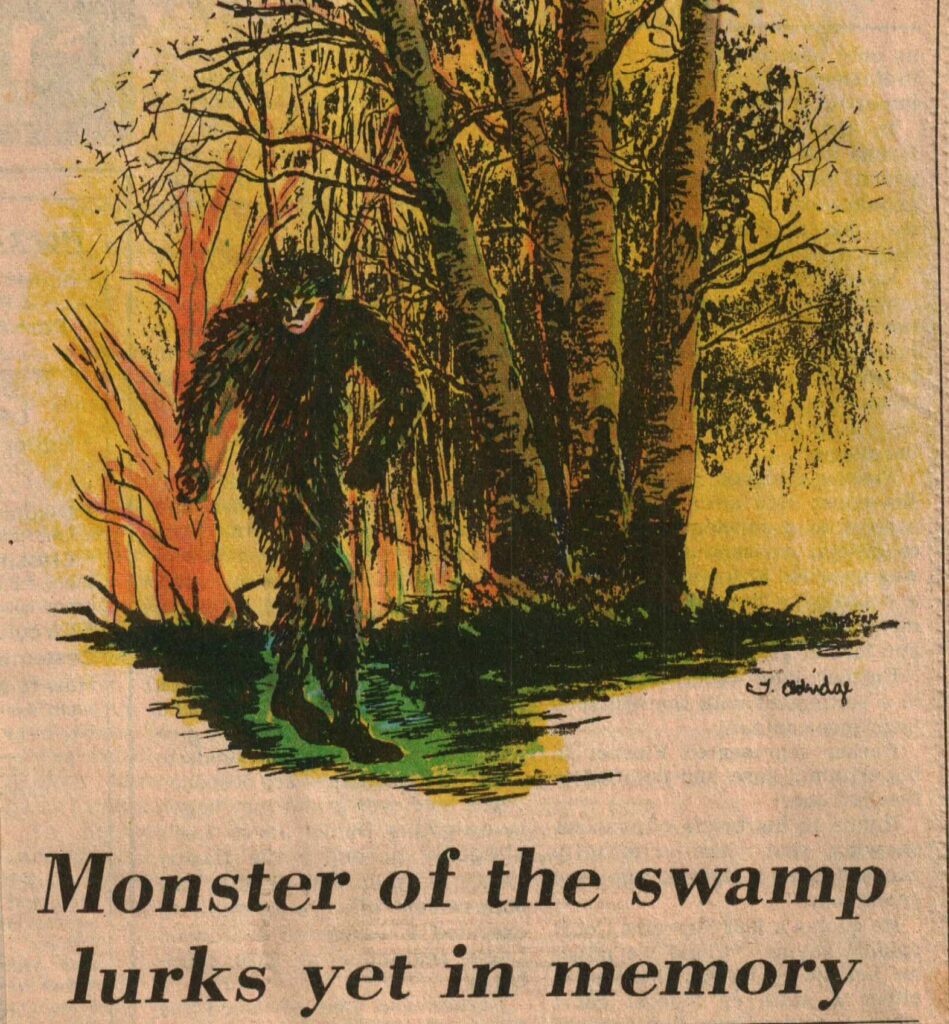
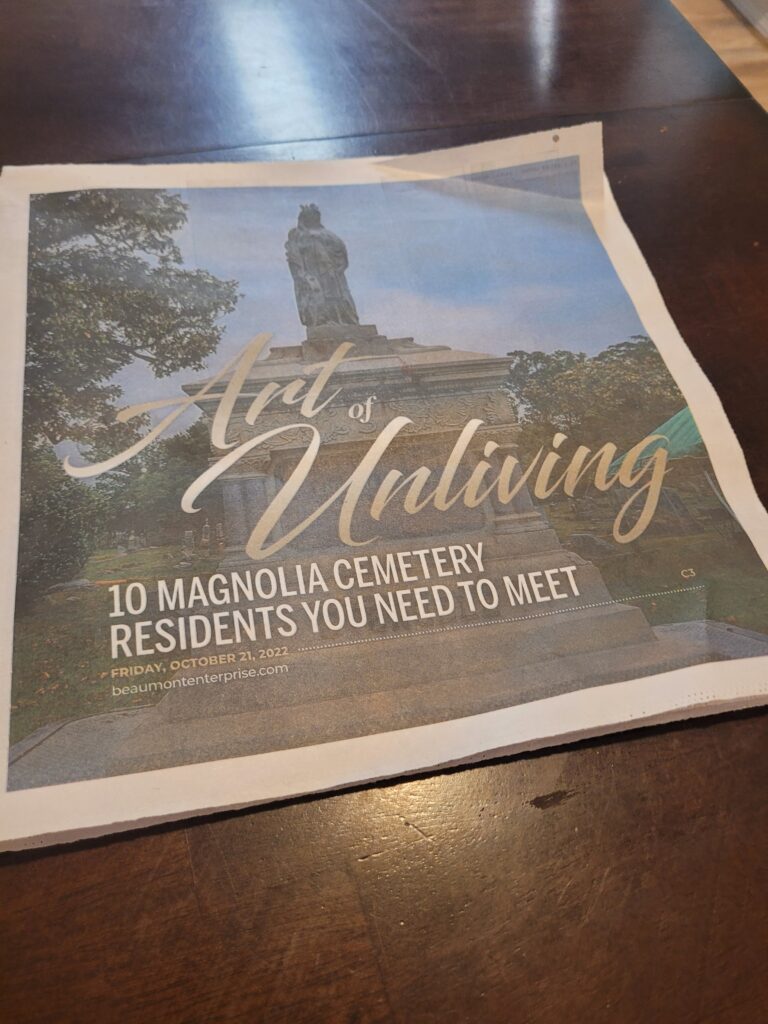

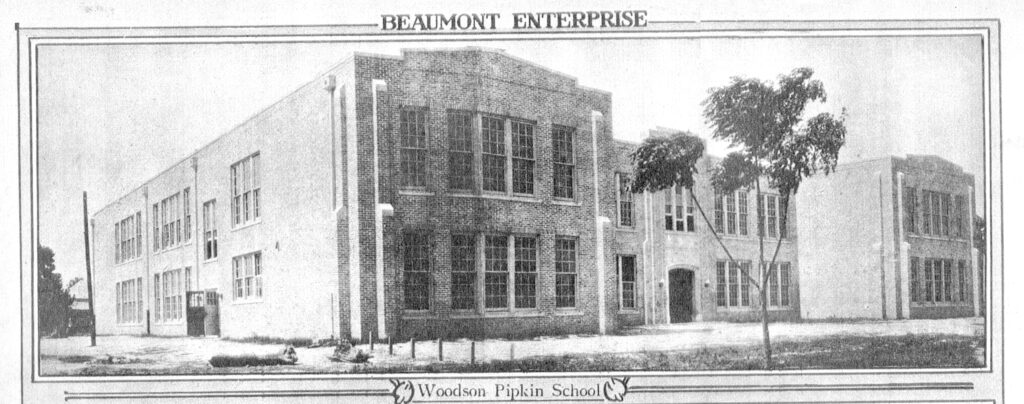
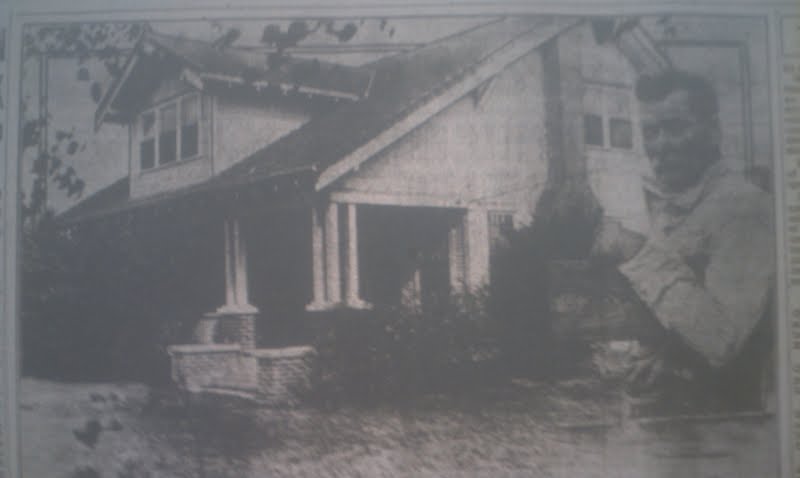


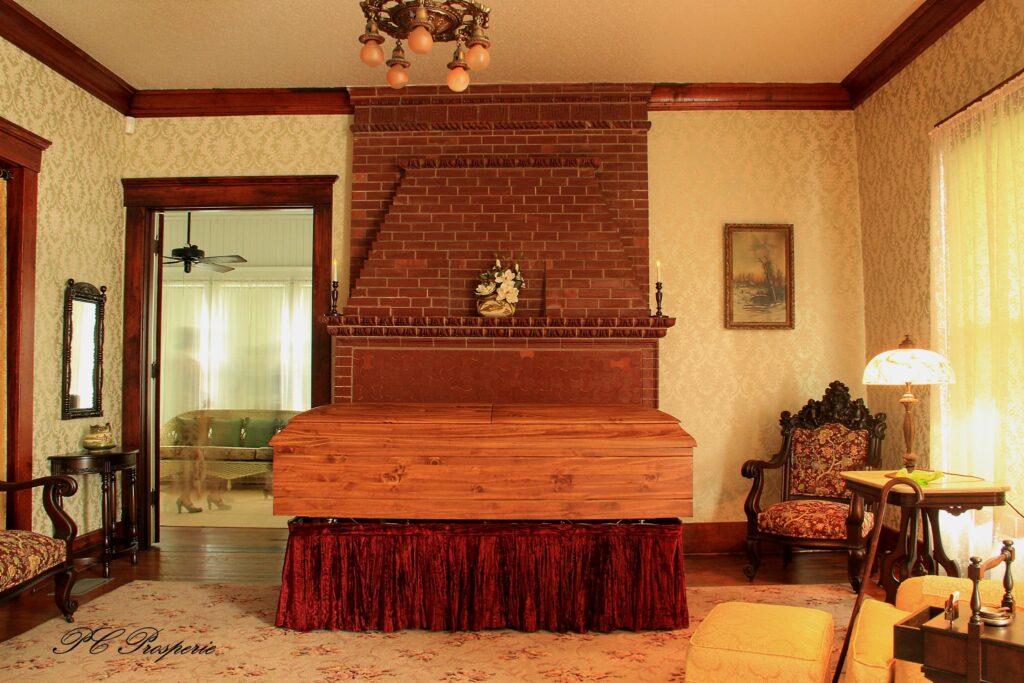
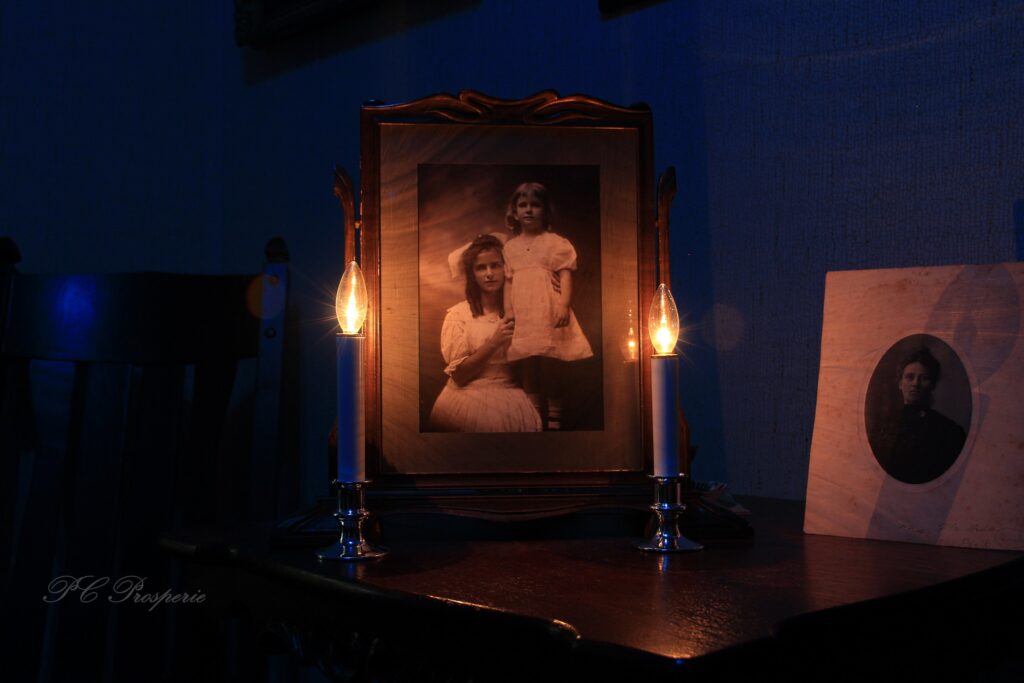

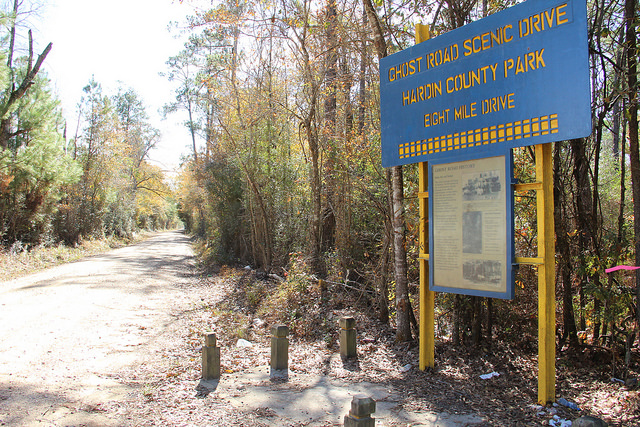

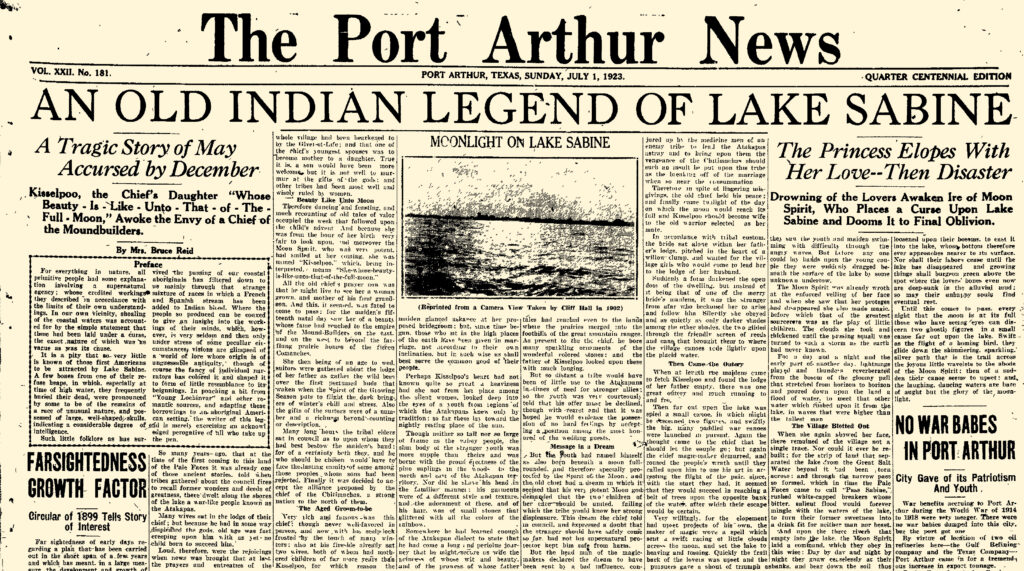




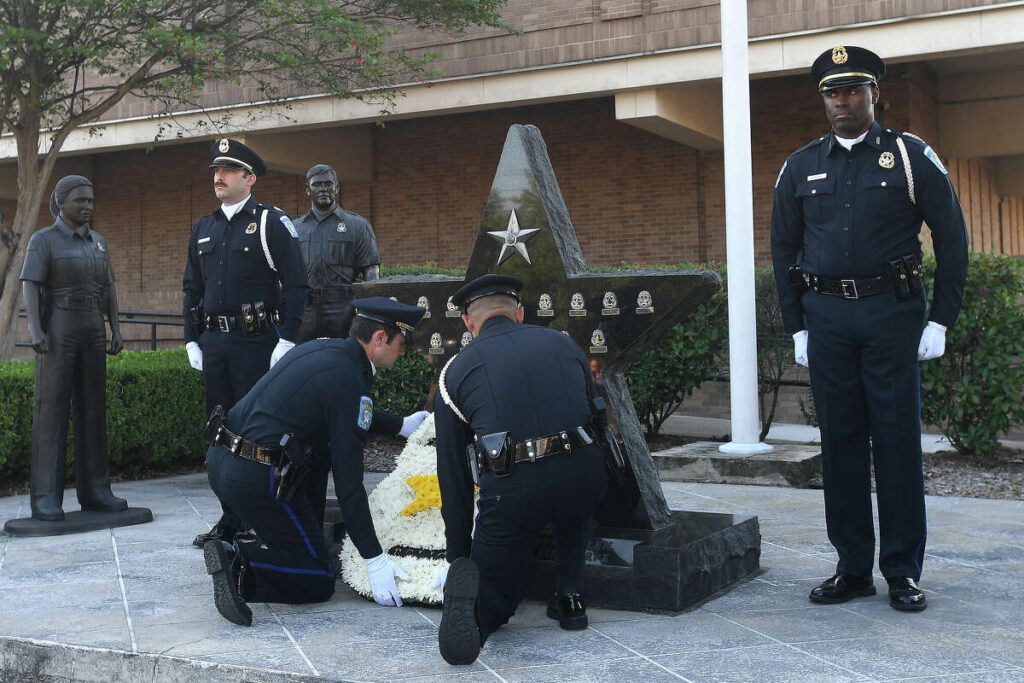
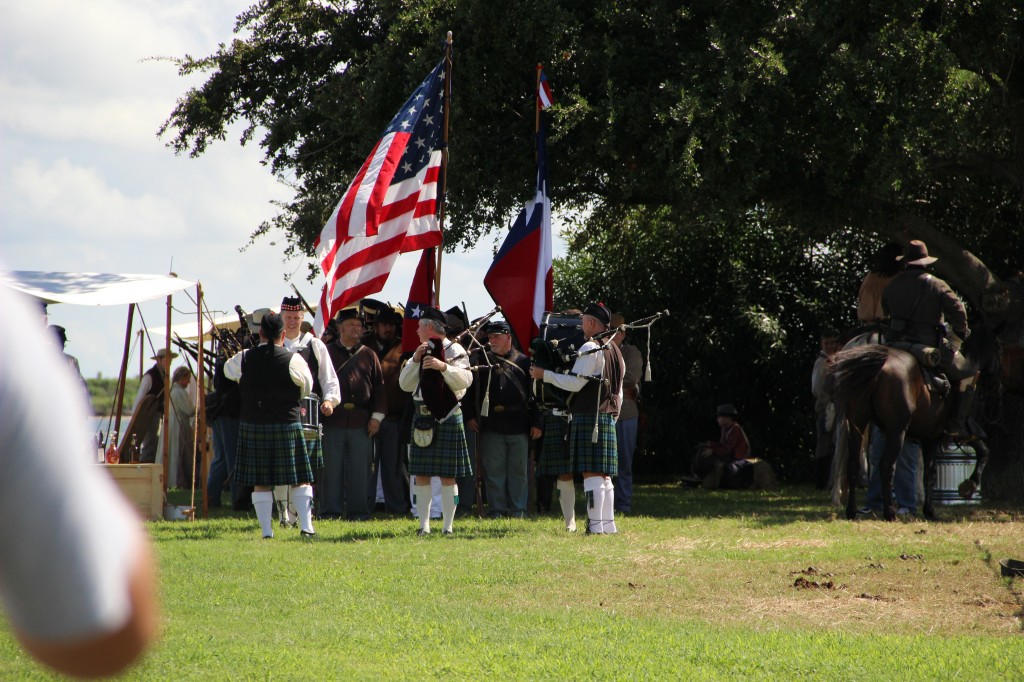
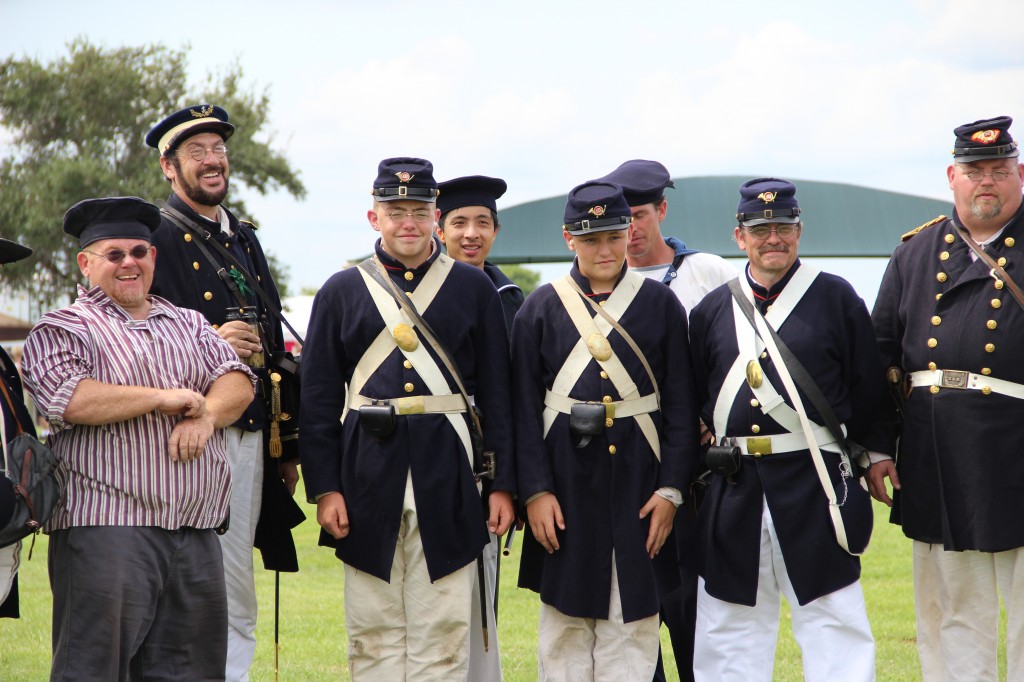

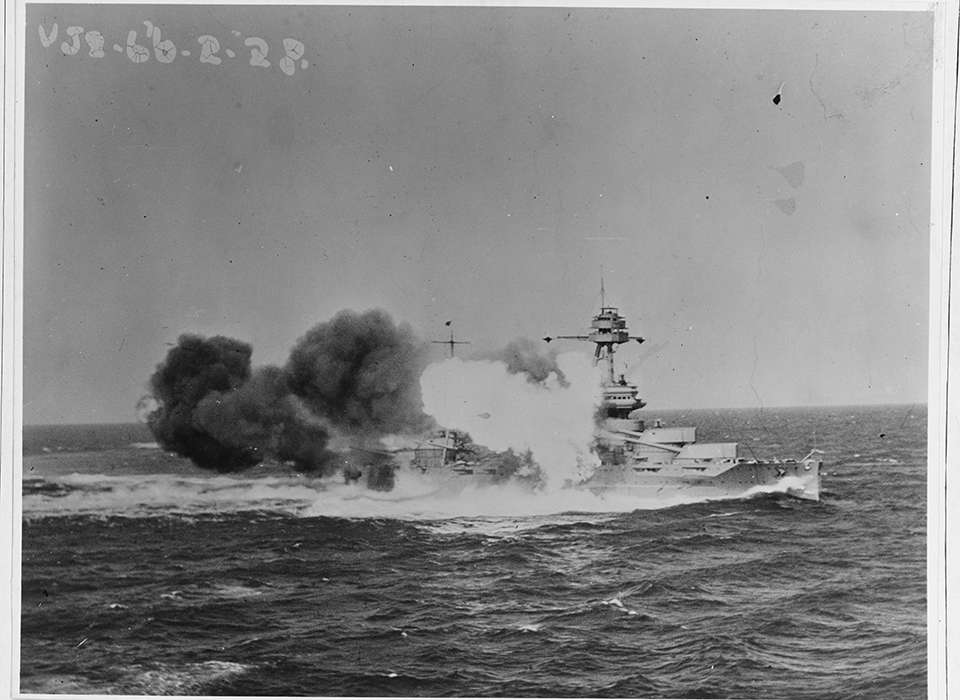



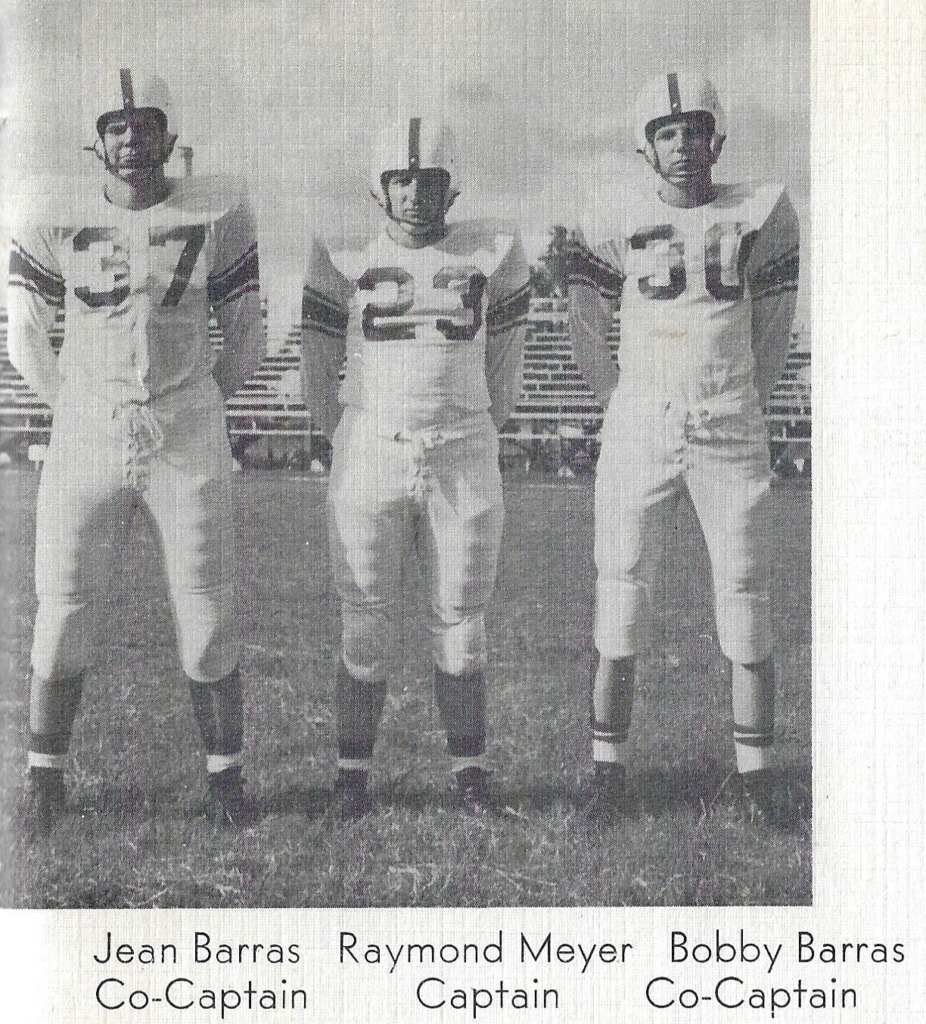
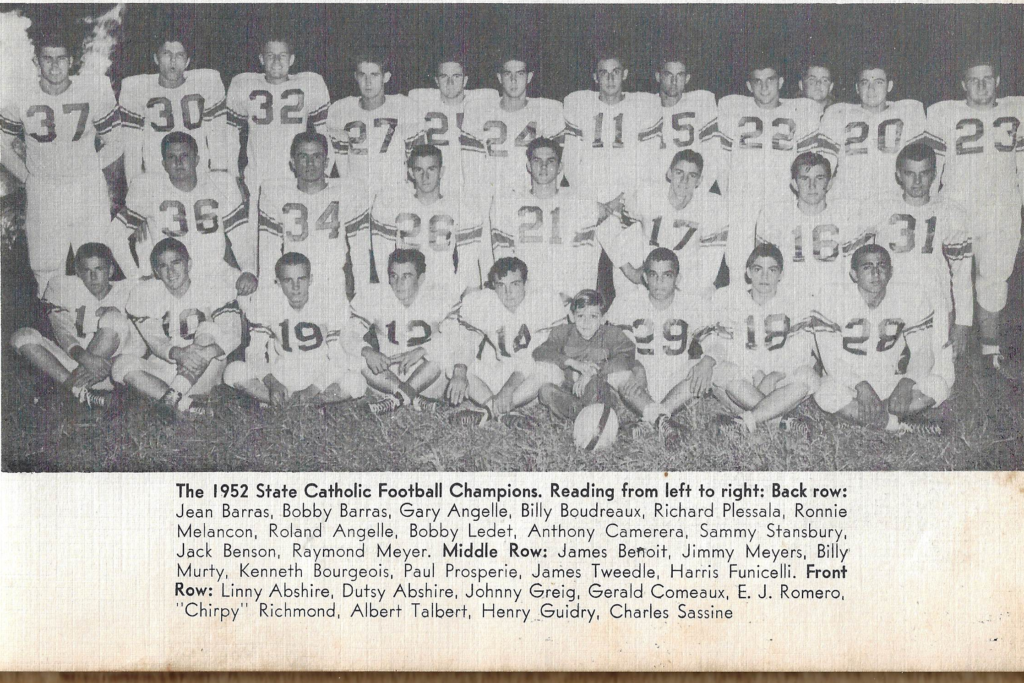
You must be logged in to post a comment.